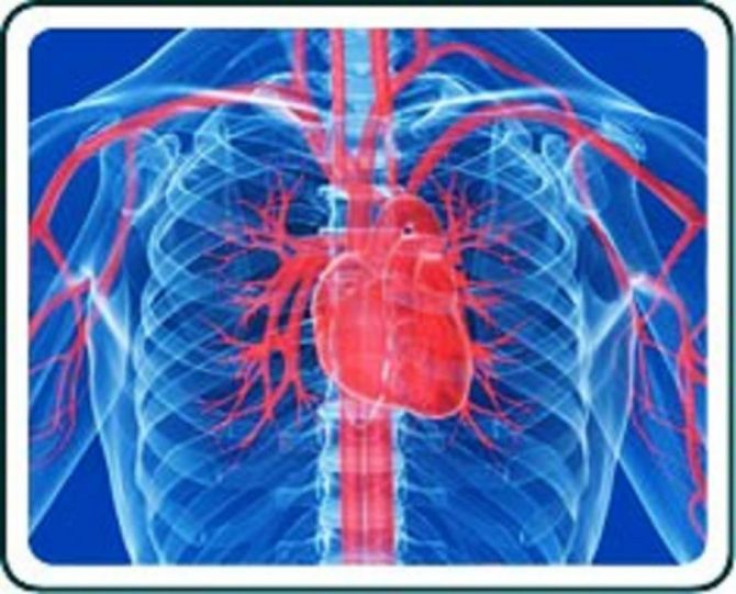Women Hospitalized for Heart Attacks Are Much More Likely to Die

Although women hospitalized with a heart attack are less likely to experience chest pain or discomfort, they are significantly more likely to die compared to men of the same age and condition, according to a new study that involved 1.4 million patients who experienced a heart attack between 1994 and 2006.
The findings, published Tuesday, showed that because women are more susceptible to “silent” heart attacks, they are also less likely to get immediate treatment like clot-busting medications, balloon procedures to open the arteries or bypass surgery, to stop the heart attack from progressing.
“As presented in the media, chest pain is the hallmark symptom of heart attack. But many women, when compared with men, don’t present to the hospital with chest pain. We wanted to examine this gender difference in symptoms and subsequent mortality, after accounting for age,” Lead author Dr. John Canto of the Watson Clinic in Lakeland, Florida, wrote in a new release on Tuesday.
Researchers analyzed medical records from the National Registry of Myocardial Infarction database of heart attack patients from nearly 2,000 hospitals and found that more than 42 percent of female patients didn't have any chest pain or discomfort, compared to only 31 percent of men.
The findings also indicated that of the heart attack patients hospitalized, 14.6 percent of women died compared to 10.3 percent of men.
Women under 45 were 30 percent more likely than men in their age group to experience silent heart attacks, but the difference dropped 5 percent in women between the ages of 45 to 65 who were around 25 percent more likely than men to experience no chest pain.
Investigators noted that such an "atypical presentation" between the sexes dwindles with increasing age, and that the sex differences were most pronounced among patients younger than 55 years and “basically disappeared” by age 75.
Researchers are unsure as to why their study showed such a pronounced difference between men and women patients.
“Our study cannot explain why there is gender difference, but 2 factors are at the forefront. The first factor is biological differences in a young woman with heart attack, such as hormonal differences. The second factor is that if we’re telling patients the classical symptom of heart attack—chest pain—and they lack it, then we should not be surprised that younger women with atypical symptoms delay getting to the hospital. And once they do present, the doctors may be unaware these women are having heart attack because they are young and have different presentations.,” Canto explained.
Researchers defined “atypical symptoms” as pain or discomfort in areas other than the chest, like the jaw, neck, shoulder, arms, and stomach areas as well as shortness of breath. In light of the “provocative” findings, researchers advised doctors to be aware of these atypical symptoms in all patients and undergo testing, like an electrocardiography and a blood test, to assess cardiac biomarkers and to objectively determine whether or not patients are experiencing heart attacks.
“The current heart attack warning message is the same for men as for women today. Our results are provocative and challenge the conventional wisdom. If confirmed by different studies and databases, then we need to tailor the one-size-fits-all message to also include a message that younger women [in particular] may have different symptoms and their risk for dying is increased,” Canto concluded.
The findings were published in the Journal of the American Medical Association.



























